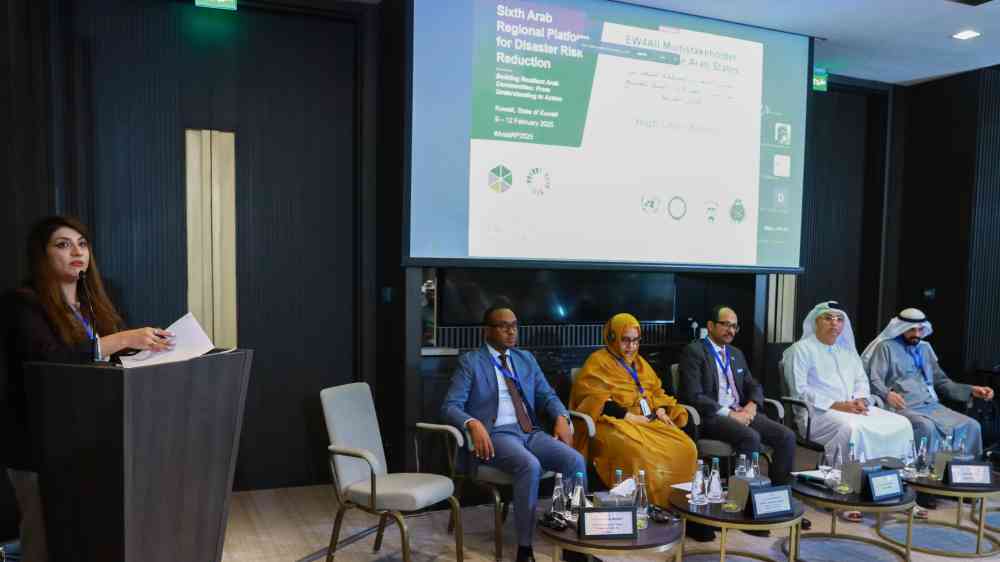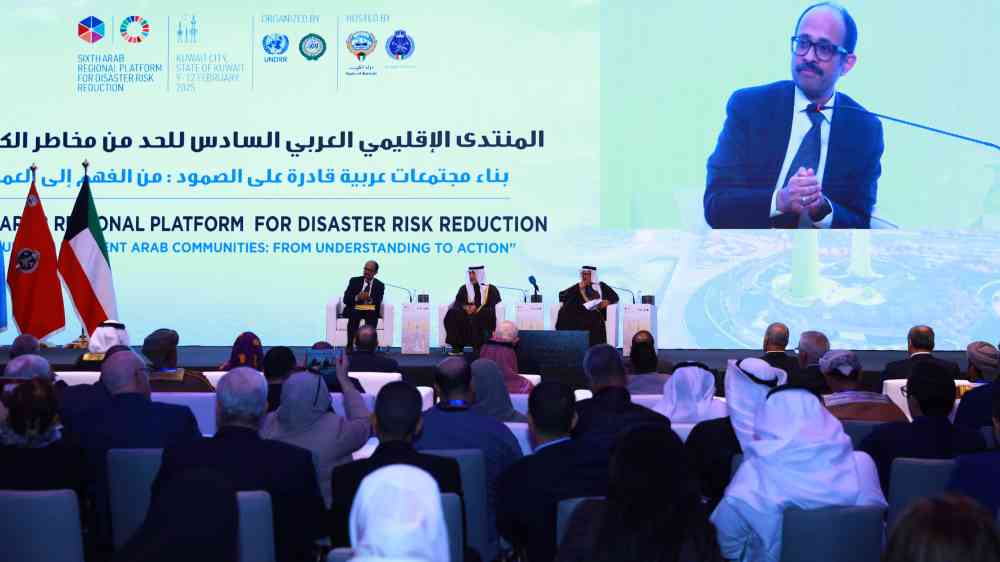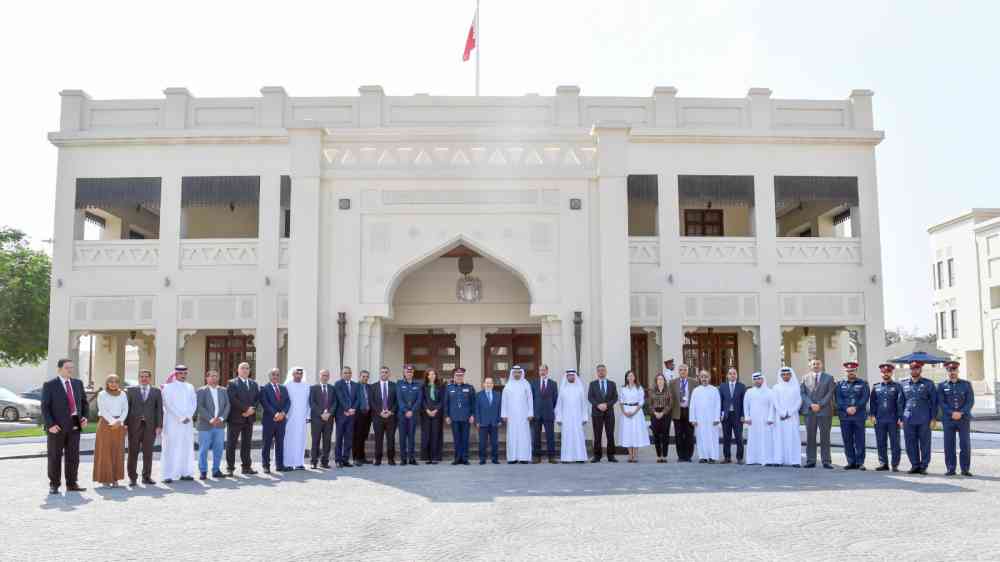The global effort to build a more resilient world, as laid out in the Sendai Framework for Disaster Risk Reduction (DRR), relies heavily on data, transparency, and consistent action. Across the Arab States, one nation has recently emerged as a clear frontrunner, not just in commitment, but in verifiable delivery: the Kingdom of Bahrain. By going above and beyond the expected standards, Bahrain Sendai Reporting is raising the bar, transforming a compliance exercise into a powerful tool for strategic planning and regional leadership in disaster preparedness.
From Commitment to Comprehensive Delivery: The Bahrain Model
The Sendai Framework, adopted in 2015, provides a 15-year blueprint for reducing disaster risk and losses globally. Its successful implementation hinges on countries submitting comprehensive data through the Sendai Framework Monitor (SFM), which tracks progress against seven global targets (A–G).
Bahrain’s journey from a committed signatory to a regional leader has been swift and systematic. Recognising the urgency of the climate and disaster crisis, the government quickly moved to operationalize the framework nationally.
Key Milestones in Operationalizing Sendai
- National Focal Point Designation: The official National Sendai Focal Point was nominated, providing clear institutional ownership for DRR efforts.
- Whole-of-Government Mobilization: A national SFM training initiative in January 2024 served as a critical catalyst. This brought together various ministries and government bodies, ensuring a unified, ‘whole-of-government’ approach to disaster risk management.
- Institutional Arrangements: Clear institutional structures were established to facilitate continuous data collection, validation, and reporting against all seven global targets of the Sendai Framework.
The culmination of these efforts was seen by the global milestone of September 30, 2025. By this date, Bahrain had not only submitted its SFM reports but had done so comprehensively for both the 2023 and 2024 cycles, covering all seven targets. This level of detailed and timely reporting is a significant achievement and a testament to the Kingdom’s dedication to data-driven governance.
Bahrain’s Disaster Risk Profile: Understanding the Challenge

A core component of effective DRR is understanding the specific hazards a nation faces (Priority 1 of the Sendai Framework). Bahrain Sendai Reporting has provided clear data on the Kingdom’s priority hazards, which officially include:
- Heavy Rains and Floods: A growing risk, particularly given the urban infrastructure and increasing intensity of weather events.
- Volcanoes and Earthquakes: While Bahrain itself is tectonically stable, the reporting acknowledges the potential for transboundary impact from seismic activity and volcanic events in the wider region.
- Radiation Leakage: This points to a forward-thinking approach, integrating technological and industrial hazards into the national risk profile—a crucial step for a rapidly developing, industrializing nation.
This comprehensive risk assessment, formalised through the SFM, allows for the precise targeting of resources and policy interventions, moving beyond generic disaster preparedness to a risk-informed development strategy.
Results at a Glance: Quantifiable Resilience
The data submitted by Bahrain through the SFM offers concrete, quantifiable proof of its progress in disaster resilience. These results serve as a powerful internal benchmark and a compelling case study for its regional peers.
Highlights from 2023–2024 SFM Submissions:
These figures underscore the strategic value of the Bahrain Sendai Reporting. It’s not simply a tick-box exercise; the data demonstrates the effectiveness of national investment in DRR, which ultimately safeguards the socio-economic stability and quality of life in the Kingdom.
The Strategic Importance of Advanced Sendai Reporting
Why does this comprehensive reporting matter beyond national compliance? The answer lies in the deep interconnection between DRR and the broader global development agenda.
Bridging DRR and the SDGs
The SFM reporting is directly linked to the Sustainable Development Goals (SDGs). Specifically, eleven of the 38 Sendai indicators are compatible with SDG indicators, notably:
- SDG 1 (No Poverty): By reducing disaster losses and protecting livelihoods.
- SDG 11 (Sustainable Cities and Communities): By reducing damage to critical infrastructure.
- SDG 13 (Climate Action): By strengthening resilience and adaptive capacity to climate-related hazards.
By robustly reporting through the SFM, Bahrain effectively strengthens its national contribution to the entire SDG reporting framework. This unified approach provides a clearer, more powerful evidence base for policy decisions, future investment, and governmental accountability. It proves that investing in DRR is, in fact, an investment in sustainable development.
Regional Leadership and Convening Power
Bahrain’s commitment extends beyond its borders, positioning the nation as a significant regional leader in DRR governance (Sendai Priority 2). This leadership role was recently amplified by its convening of major regional events:

- Arab Coordination Mechanism on Disaster Risk Reduction (ACCM-DRR): Hosting this key gathering underscored Bahrain’s dedication to regional cooperation and knowledge sharing.
- Regional Commemoration of the International Day for Disaster Risk Reduction (IDDRR): The event in Manama amplified the powerful 2025 regional message: “Fund Resilience, Not Disasters.”
These high-profile events were crucial in showcasing practical pathways to strengthen governance, financing, and people-centred early warning systems across the region. Bahrain has effectively translated political commitments into measurable, practical risk reduction outcomes, providing an influential model for its GCC and Arab neighbours.
Looking Ahead: Sharpening the Focus
While the progress is impressive, Bahrain is not resting on its laurels. The next phase of its DRR strategy focuses on continuous improvement and deeper integration of risk reduction into all levels of governance.
Priorities for Accelerated Resilience:
- Deepening Alignment: Further aligning the national DRR strategy with the specific targets and indicators of the Sendai Framework.
- Localizing DRR: Expanding local DRR strategies across all municipalities to ensure that risk reduction is tailored to community-specific vulnerabilities and capacity.
- Impact-Based Forecasting: Leveraging the 100% MHEWS coverage to sharpen forecasting. This means moving beyond simply predicting when a hazard might occur to forecasting what the impact will be on specific sectors, populations, and infrastructure.
- Last-Mile Communication: Developing more targeted warning messages and ensuring efficient ‘last-mile’ communication to reach the most vulnerable and remote communities.
- Championing Regional Cooperation: Maintaining its active role in regional cooperation to ensure that the successes of Bahrain Sendai Reporting and DRR strategies are shared and adapted across the Arab States.
Conclusion: A Blueprint for Resilience Governance
The Kingdom of Bahrain is providing a vital case study in modern resilience governance. Its comprehensive and timely Bahrain Sendai Reporting illustrates a clear and crucial lesson: robust data and transparency are the foundational building blocks of effective Disaster Risk Reduction.
By setting a new standard for compliance, prioritizing whole-of-government engagement, and actively championing regional cooperation, Bahrain has demonstrated how strategic partnerships, data-driven insights, and political will can truly accelerate resilience gains for its people, services, and the national economy. Bahrain is not just meeting a global requirement; it is forging a blueprint for a safer, more resilient future for the entire region. The message is clear: the path to resilience is paved with measurable commitment and consistent action.
Do Follow Gulf Magazine on Instagram
Also read: UAE Fitness Technology Trends Transforming Health and Wellness



